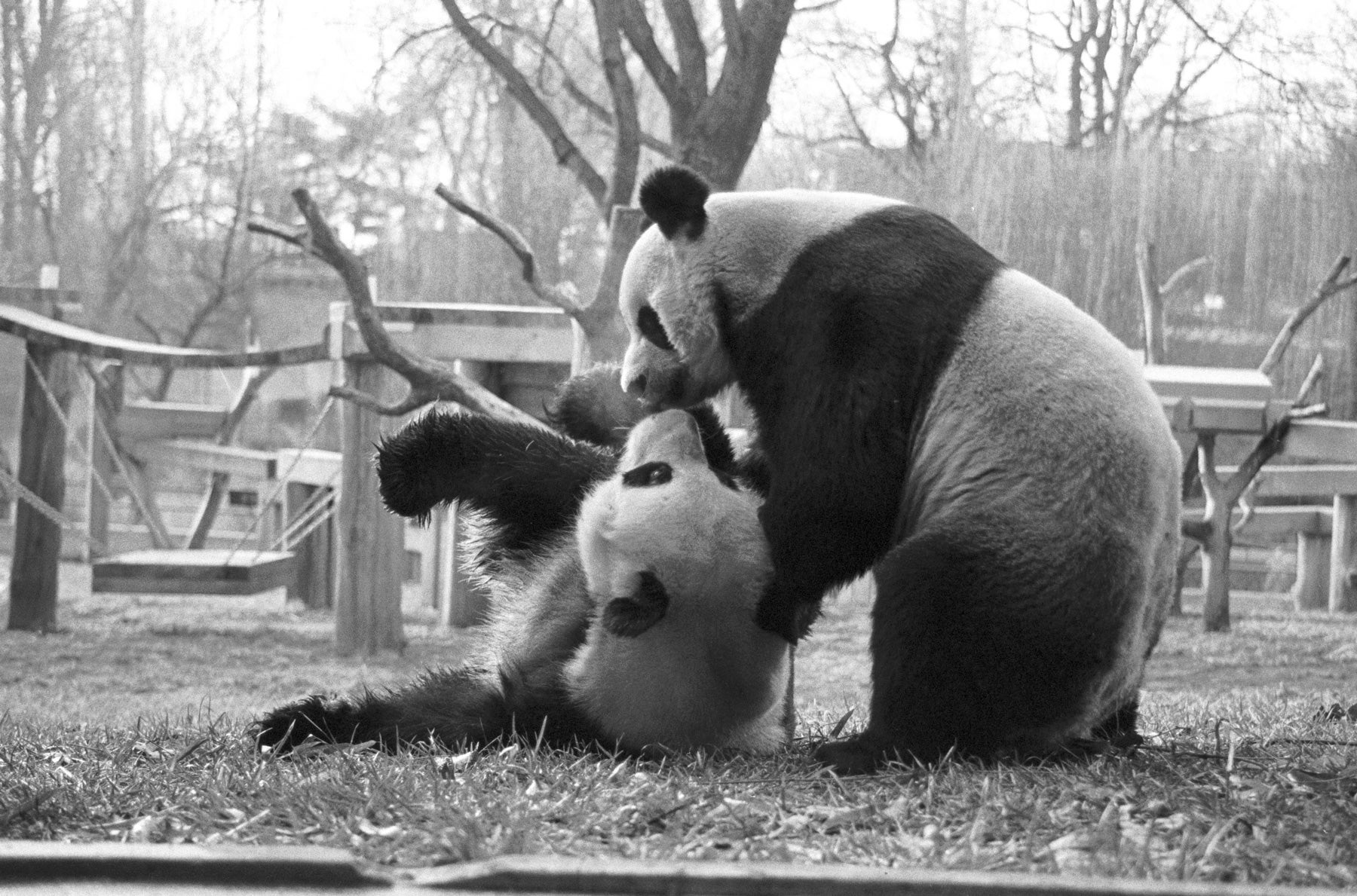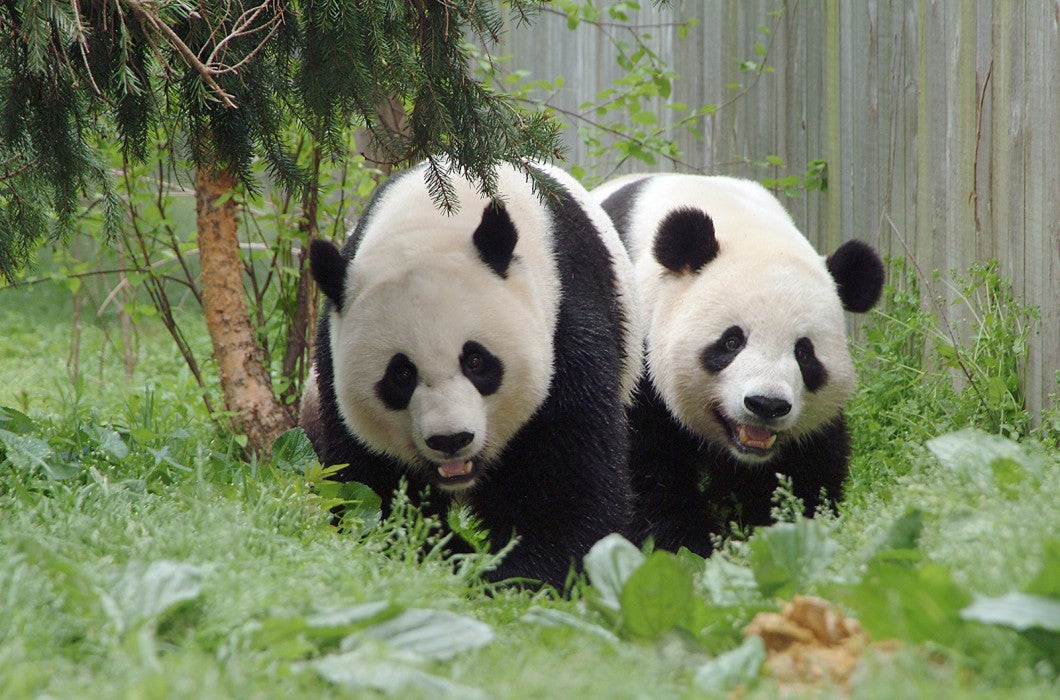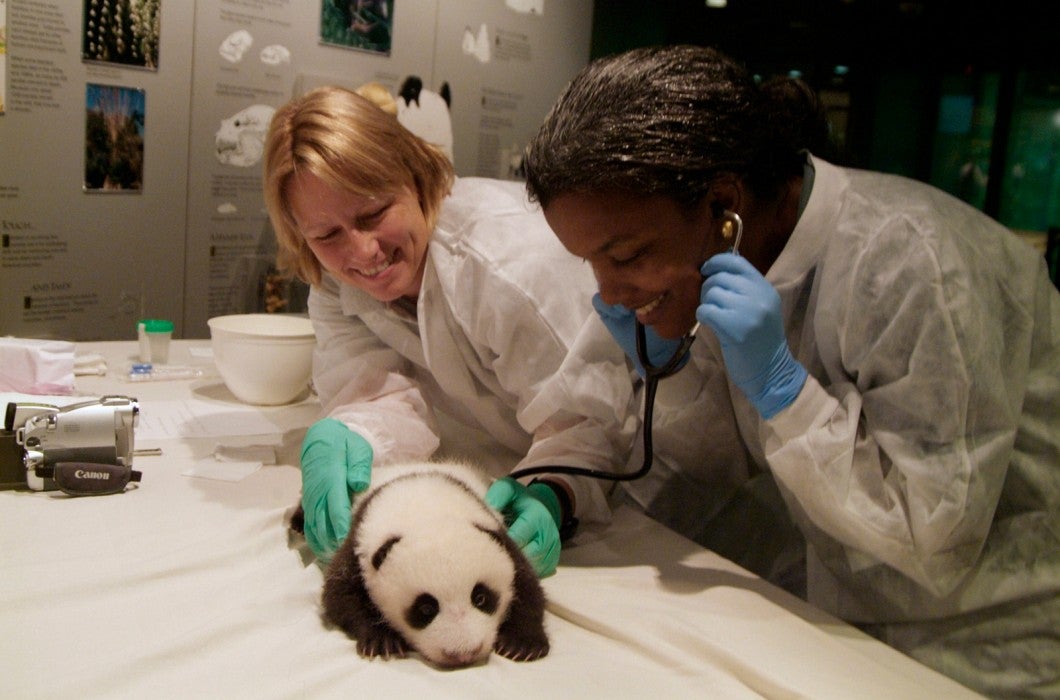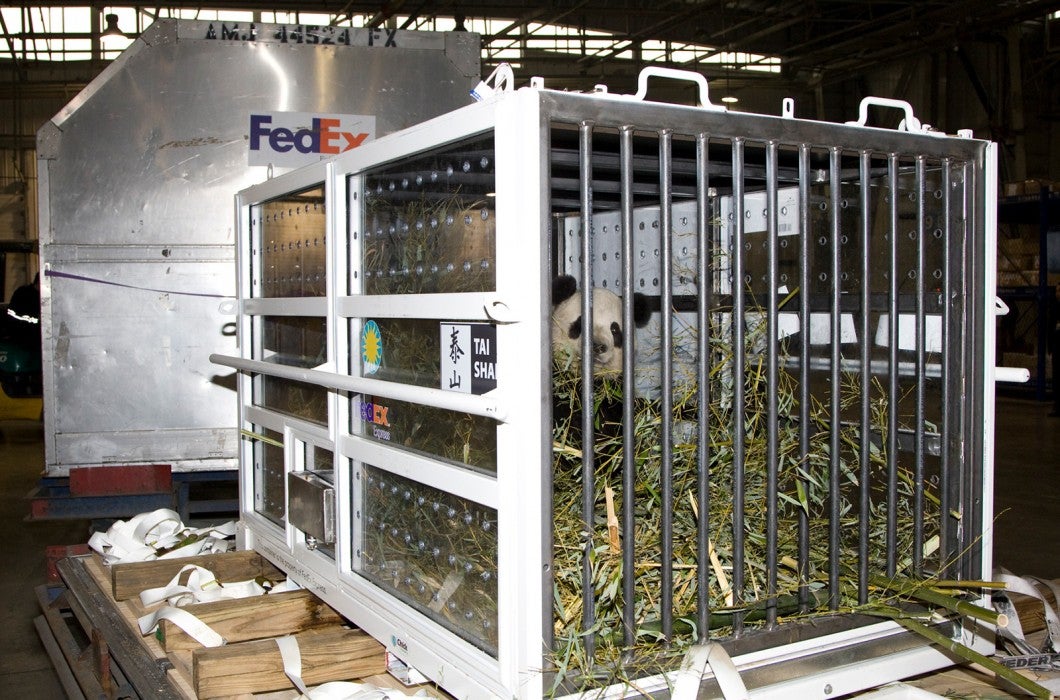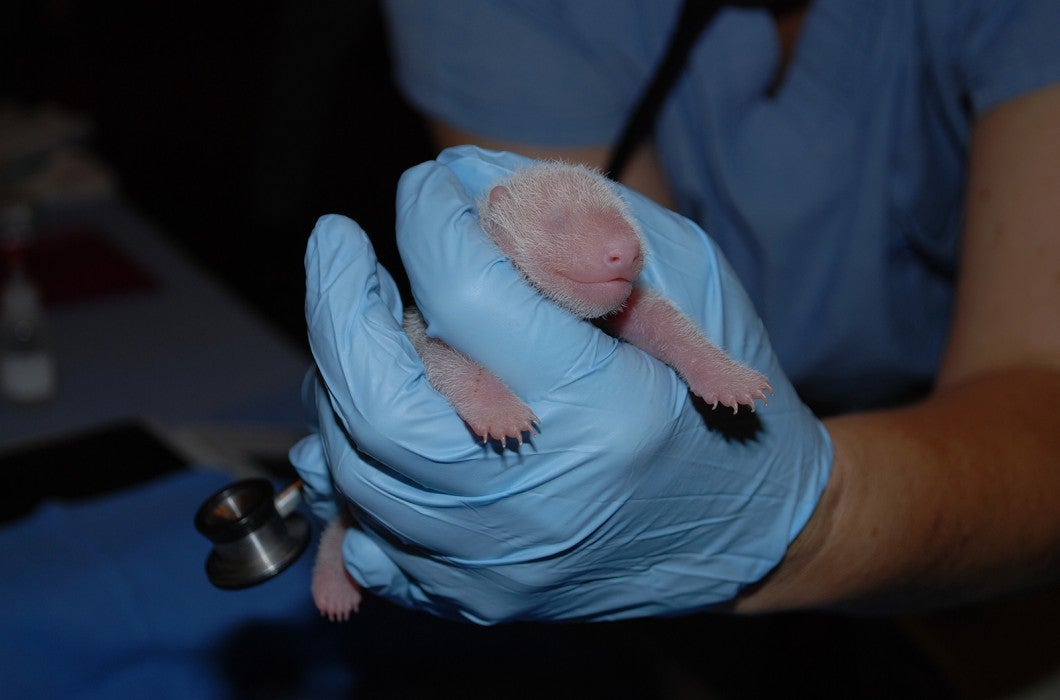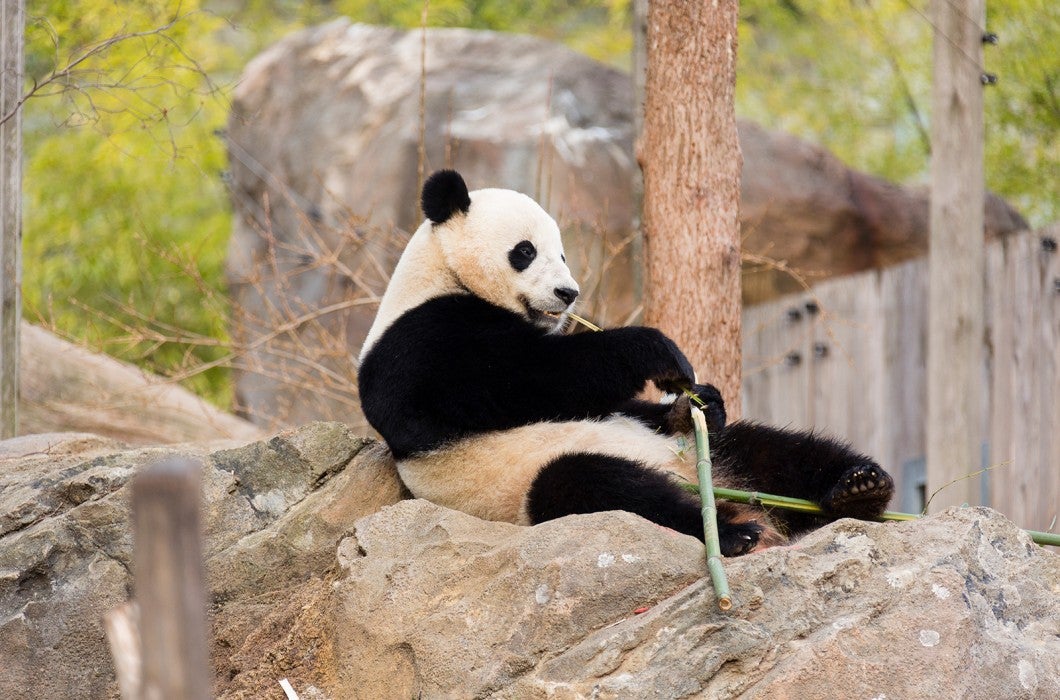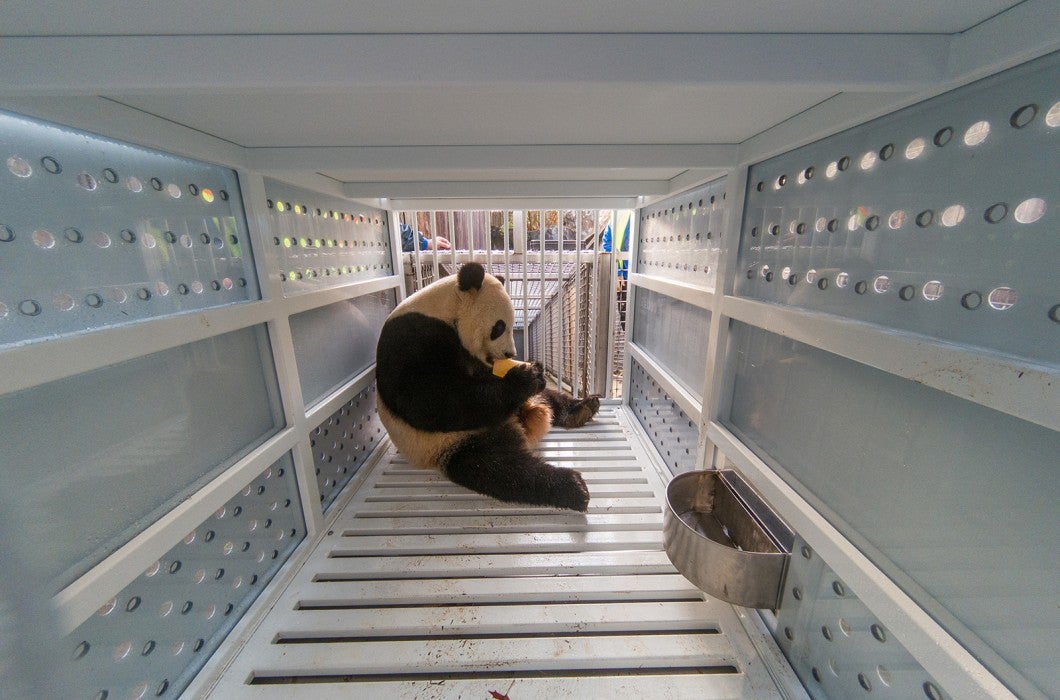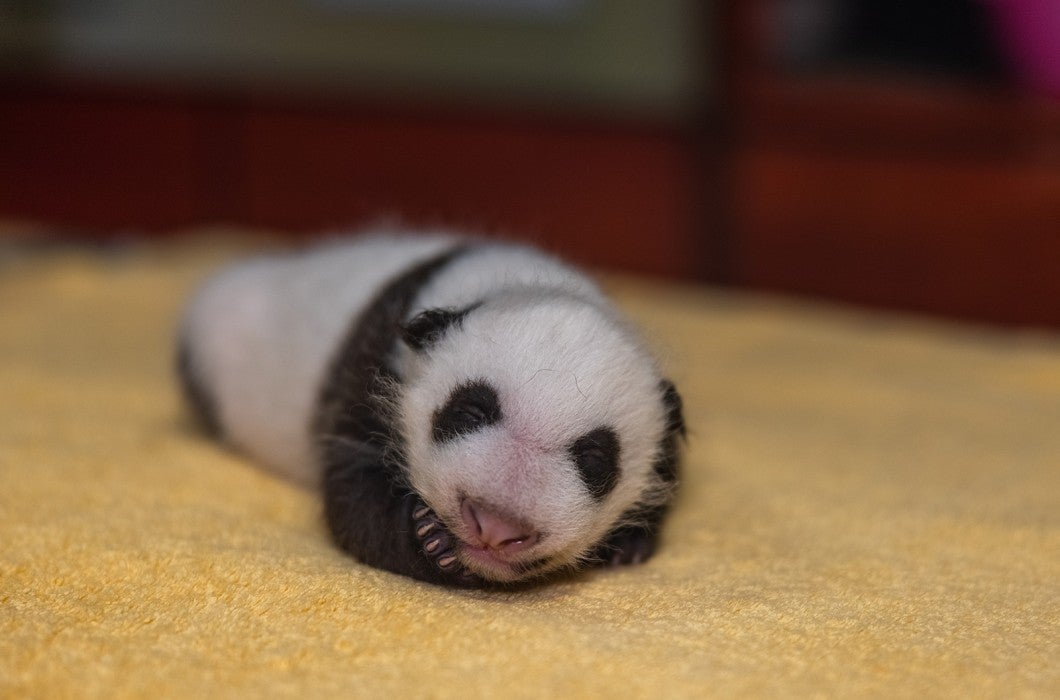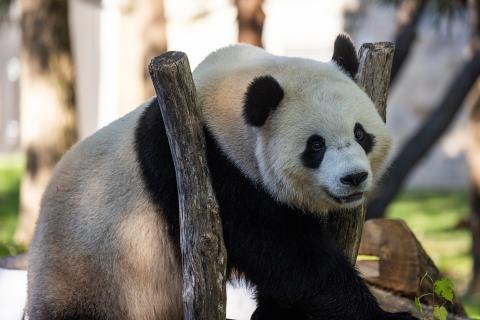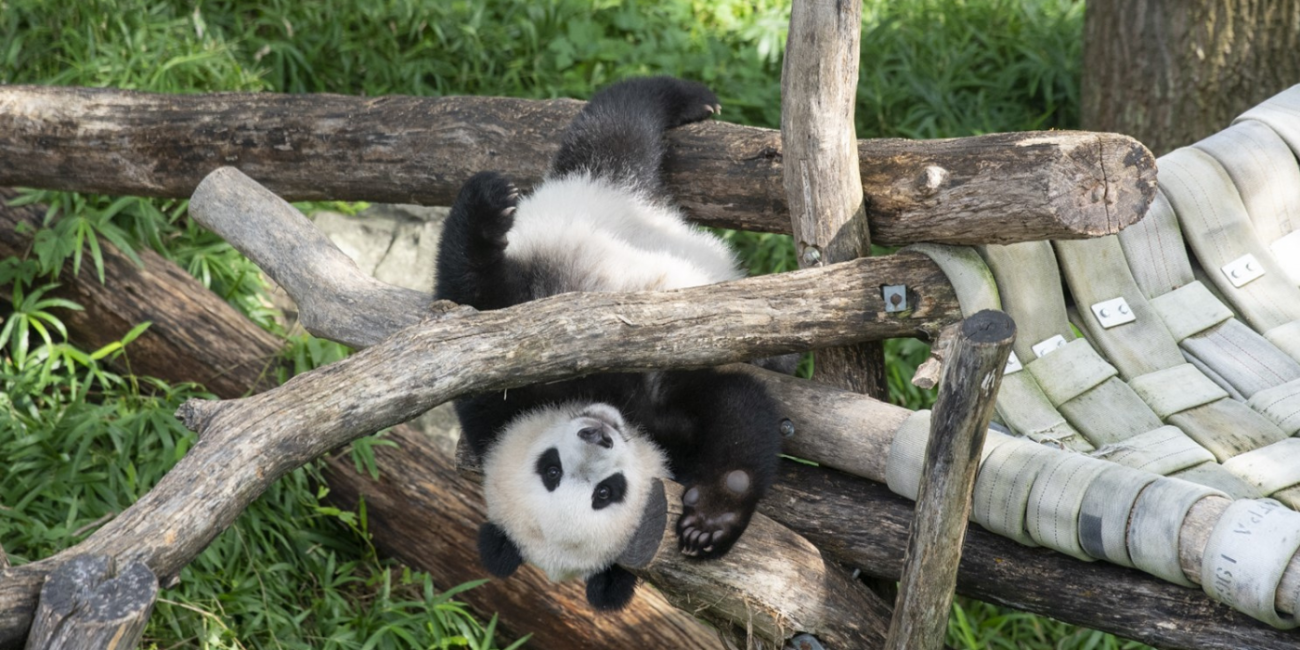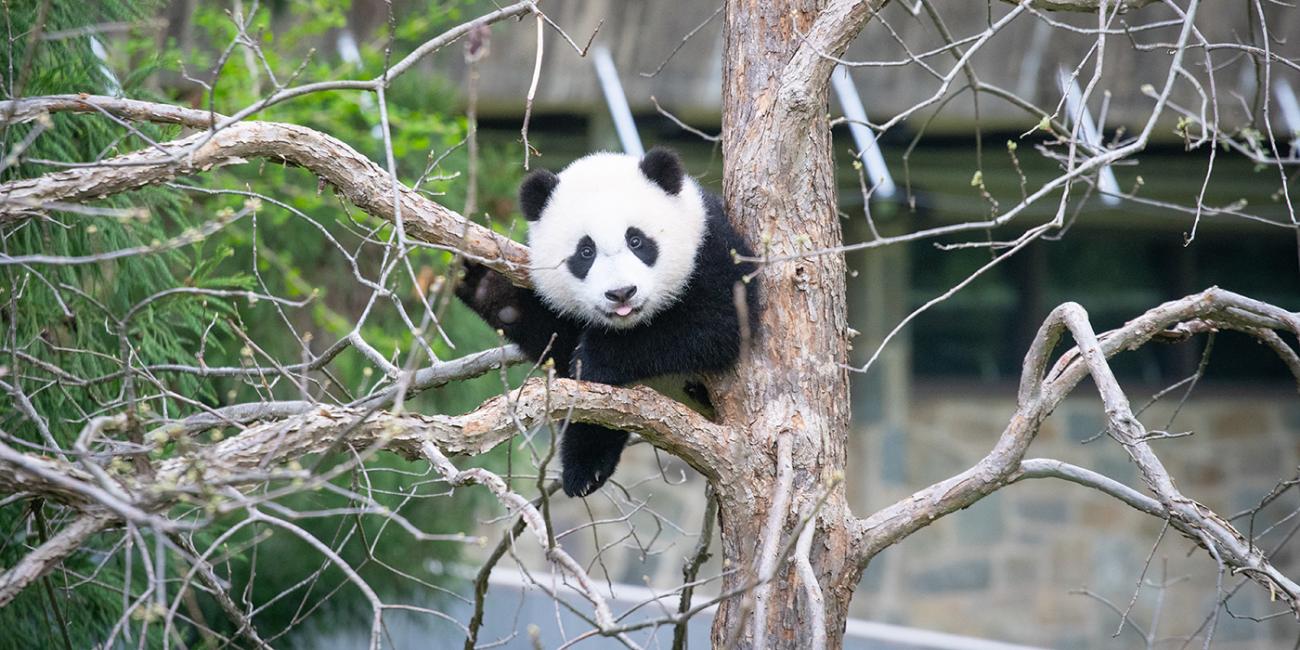Giant pandas are icons in Washington, D.C., and beloved around the world. What's more, they represent how international collaboration and conservation science can save species.
April 16, 2022, marks the 50th anniversary of the arrival of giant pandas Ling-Ling and Hsing-Hsing at the Smithsonian's National Zoo and Conservation Biology Institute — the start of a decades-long giant panda program. Join us in looking back at 50 years of giant panda joy and conservation and imagining what the next 50 years may bring.

50th ‘Pandaversary’ Events
Discover the series of special events happening on-site at the Zoo and online from March through August in celebration of the 50th anniversary of the giant panda program.
Note: The Pandaversary promotions have ended. Thank you for your support!
Panda Program Milestones
From panda births to pioneering science, these photos showcase inspiring moments from the giant panda program since it began in 1972.
For a detailed timeline of giant panda care and conservation at the Smithsonian's National Zoo and Conservation Biology Institute, visit the History of Giant Pandas at the Zoo page.
Conservation and Research

Ecology
Giant pandas’ native habitat is highly fragmented due to urban development and deforestation. This makes it difficult for the bears to find food and mates. Smithsonian’s National Zoo and Conservation Biology Institute ecologists collaborate with scientists from the China Wildlife Conservation Association to expand panda habitat. Together, they identify key forest corridors and create bamboo restoration plots. They know these corridors are successfully linking panda populations by the fecal samples the bears leave behind.

Disease
Increased interaction could bring about the increased risk of infectious diseases for giant pandas and for other species that share their habitats. To better understand panda health, Smithsonian’s National Zoo and Conservation Biology Institute veterinarians work with Chinese colleagues at the Wildlife Disease Control Center in Sichuan Province. Together, they use cutting-edge science to monitor and diagnose disease and age-related illness in pandas — all of which will help inform future biomedical studies on the species.
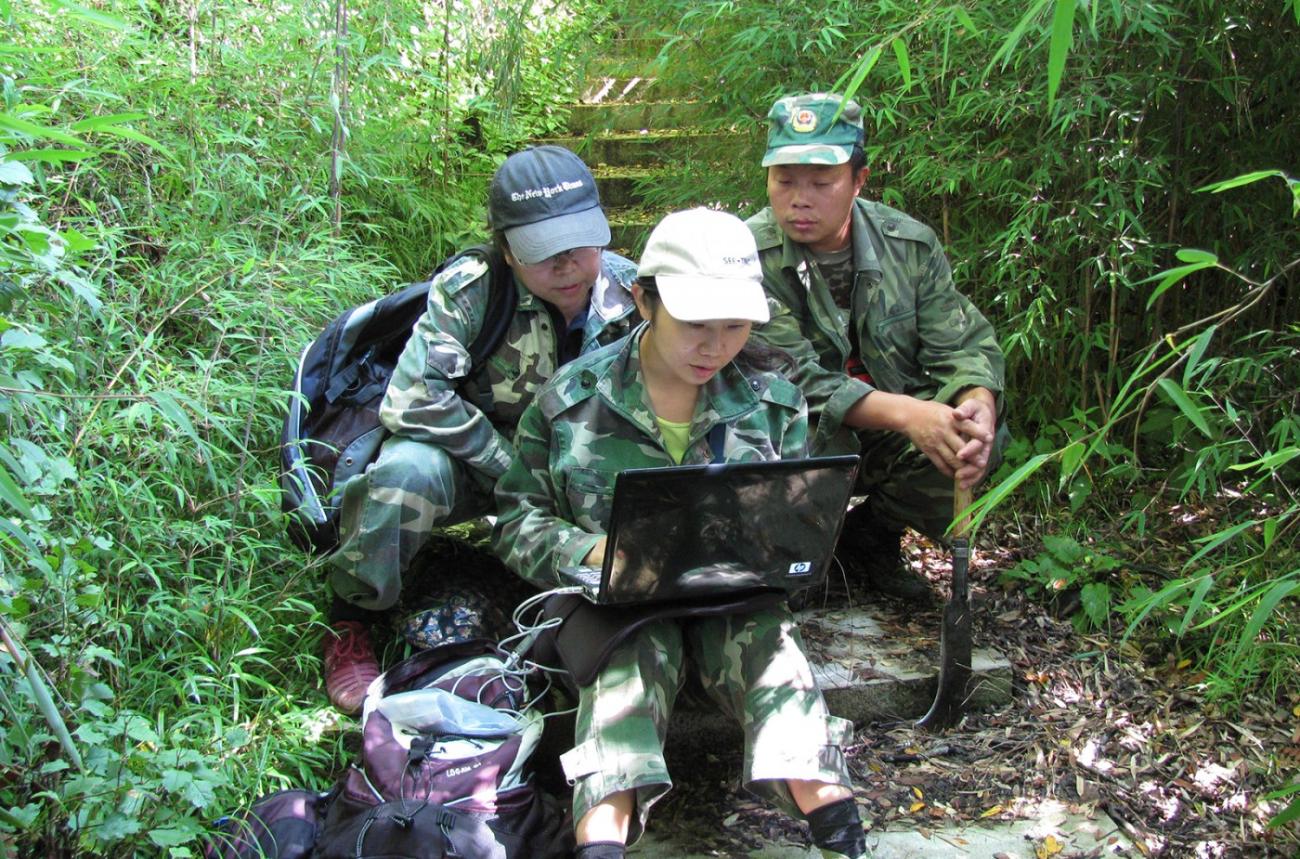
Training
Giant pandas bring colleagues from the Smithsonian’s National Zoo and Conservation Biology Institute and China together for a common goal: advancing global scientific knowledge of the species. Comprehensive workshops and hands-on training courses in medicine, surgery, anesthesia, imaging and field healthcare enable scientists to share expertise and build skills. The lessons learned from these collaborations can be used by future generations of animal care professionals, veterinarians and researchers to care for pandas in human care and in the wild.
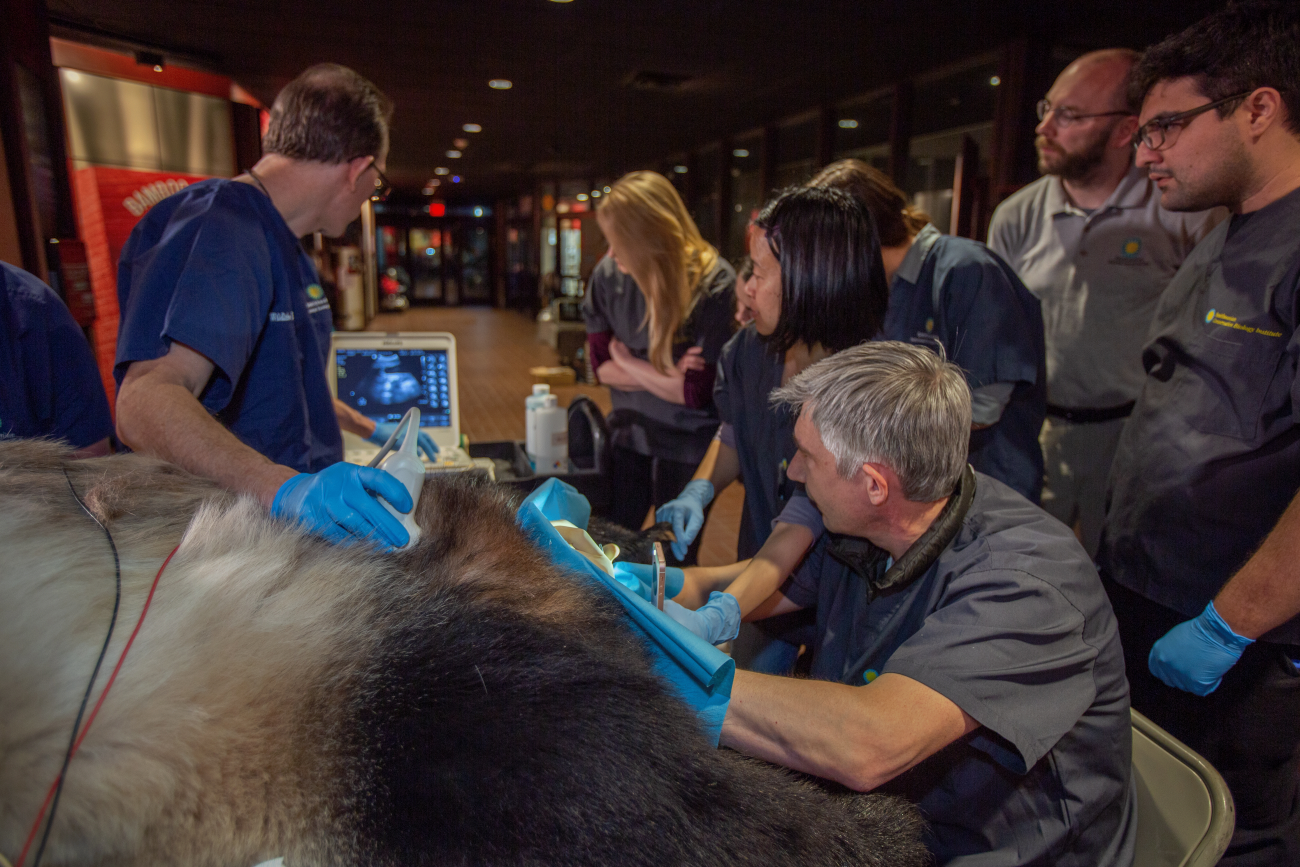
Reproduction
To ensure the future of the species, Smithsonian’s National Zoo and Conservation Biology Institute scientists have become experts in facilitating giant panda reproduction. Before breeding begins, scientists collect semen, freeze and defrost those samples successfully and decode the signals of behavior and biology that tell them the time is ripe for a pregnancy. Animal care experts pinpoint the behaviors that indicate a female is in estrus and ready to mate, while reproductive biologists conduct artificial inseminations safely and swiftly.
Conservation Collaboration to Save the Giant Panda

Collaboration has been the cornerstone of the Smithsonian’s National Zoo and Conservation Biology Institute’s work on giant panda conservation and care for almost five decades. Working with Chinese colleagues at state forestry agencies, giant panda reserves, non-governmental organizations, universities and breeding centers has enabled the Smithsonian to make scientific advances that support giant panda care and conservation, not just in Washington D.C. and China, but around the world.
Together, Smithsonian animal care experts and scientists and Chinese colleagues have set new standards in the fields of giant panda biology, behavior, breeding, and reproduction and training the next generation of skilled research and care professionals to ensure that giant pandas continue to thrive.
Caring for Giant Pandas
From meal prep to health check-ups and daily enrichment, teams across the Zoo come together each day to care for giant pandas.
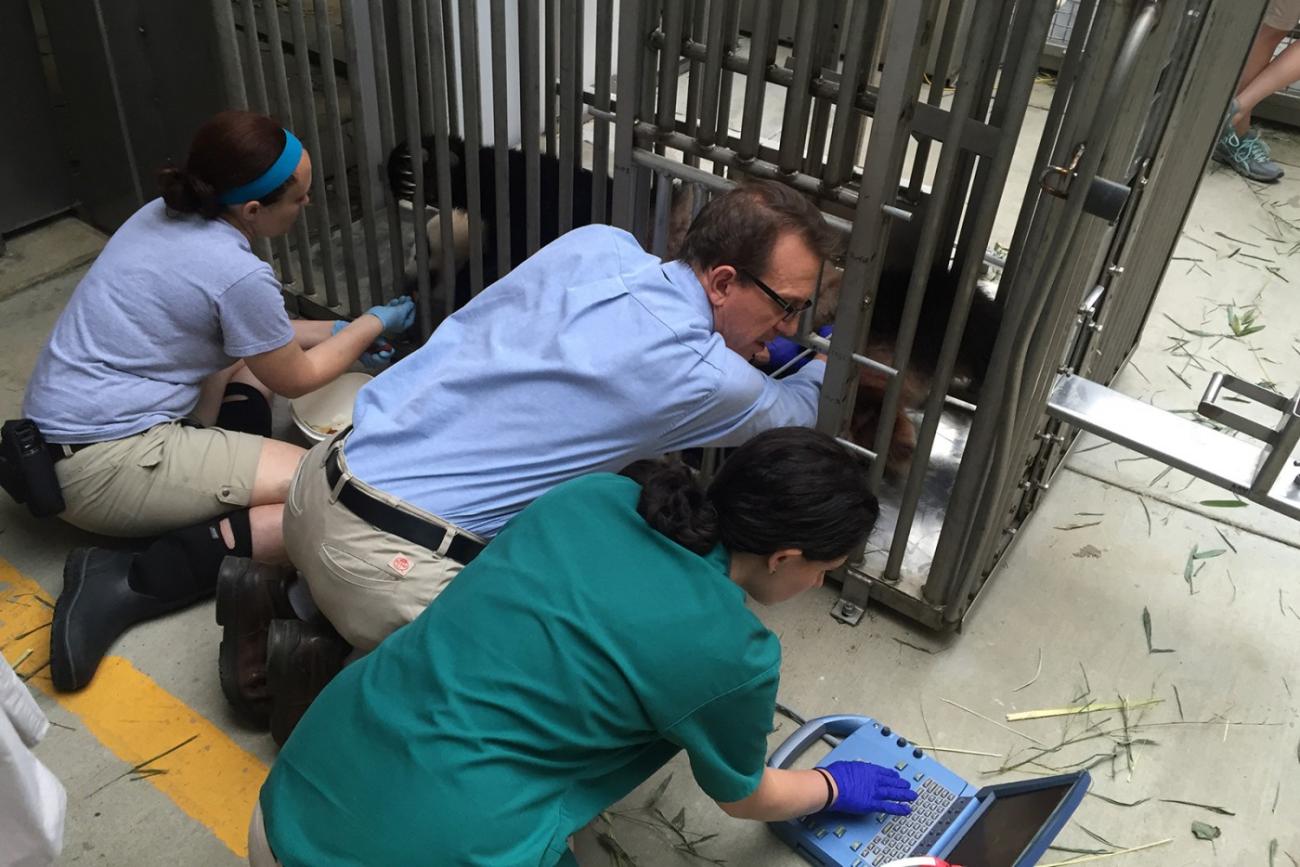
Training and Veterinary Care
Animal care staff build trust with the Zoo’s giant pandas through positive reinforcement training. This enables the bears to voluntarily participate in their own health care. Keepers and veterinarians examine the pandas, administer medications and conduct medical procedures while they are awake, lessening the need for anesthesia. When the pandas do the behaviors asked of them, they receive verbal praise and a favorite treat, such as honey water.

Enrichment
Every day, the Zoo’s giant pandas receive a variety of enrichment items and activities, which help them keep physically active and mentally sharp. They also encourage the bears to use their natural behaviors. Enrichment can be anything from sensory experiences (spices for scent-anointing or bubbles for popping) to physical objects and toys (puzzle feeders), to social interactions (painting with keepers) and environmental stimuli (exploring a different habitat).
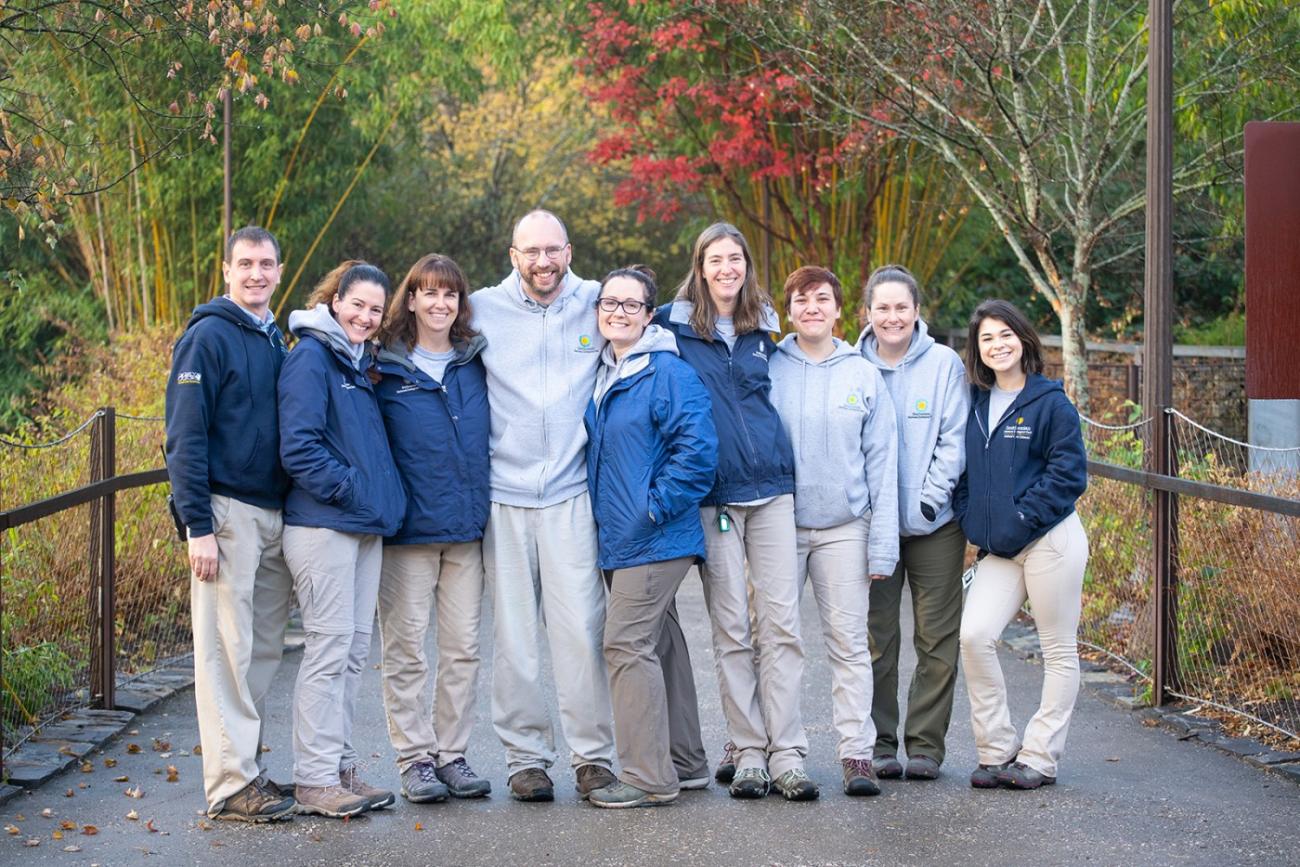
Giant Panda Team
The giant panda team takes care of the Zoo’s giant pandas every day—including weekends, holidays and during bad weather. Their daily duties include monitoring the bears’ behavior, preparing their diets, readying their enrichment, conducting training sessions, collecting urine and fecal samples for scientists to study and cleaning their habitats. Keepers log details about each panda’s activities in their daily reports to track their health and activity trends.
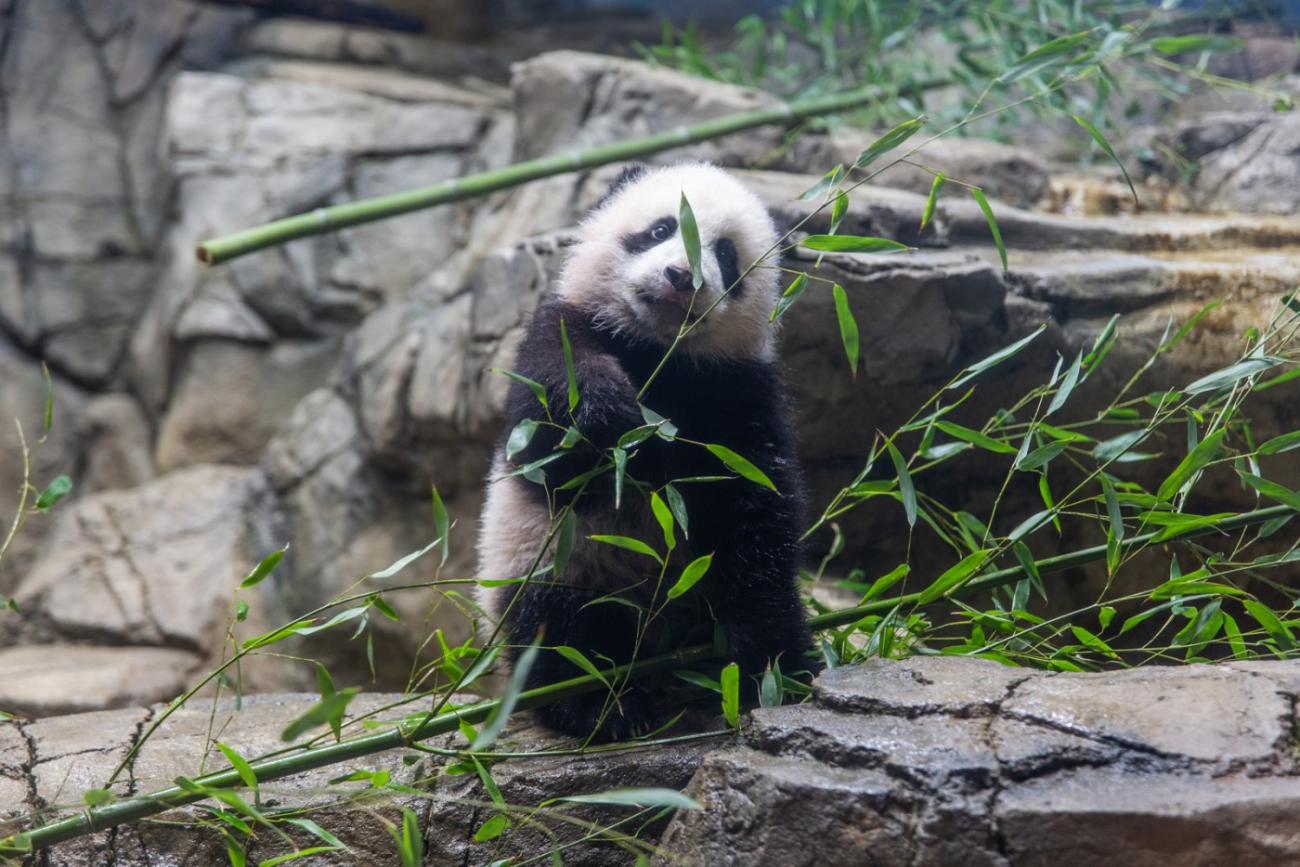
Nutrition
Working with local landowners, the Zoo’s Department of Nutrition Science team harvests the giant pandas’ favorite food — bamboo — from 20 stands across Washington, D.C., Maryland and Virginia. Depending on the time of year, the pandas may eat the shoots, culm (stalk) or leaves. The bears also receive apples, sweet potatoes, high-fiber biscuits and honey water inside enrichment puzzle feeders or during positive reinforcement training sessions.
Latest Giant Panda Stories
Panda Family Tree
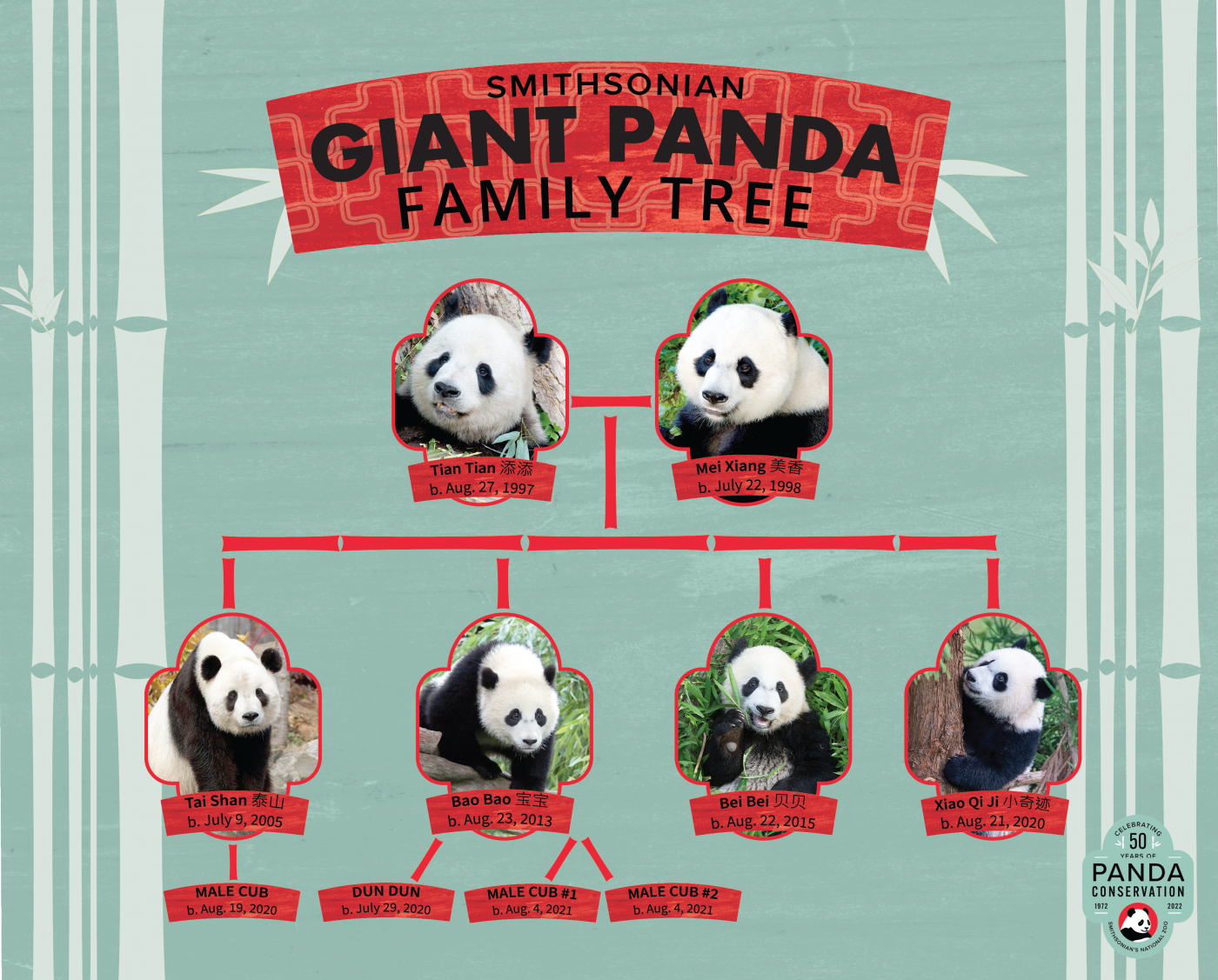
Where Are They Now?
As part of a cooperative breeding agreement with the China Wildlife Conservation Association, all cubs born at the Smithsonian's National Zoo move to China when they are 4 years old. Mei Xiang's cubs Tai Shan, Bao Bao and Bei Bei are thriving in China. Tai Shan and Bao Bao have even welcomed cubs of their own! Catch up with each of the giant pandas below.
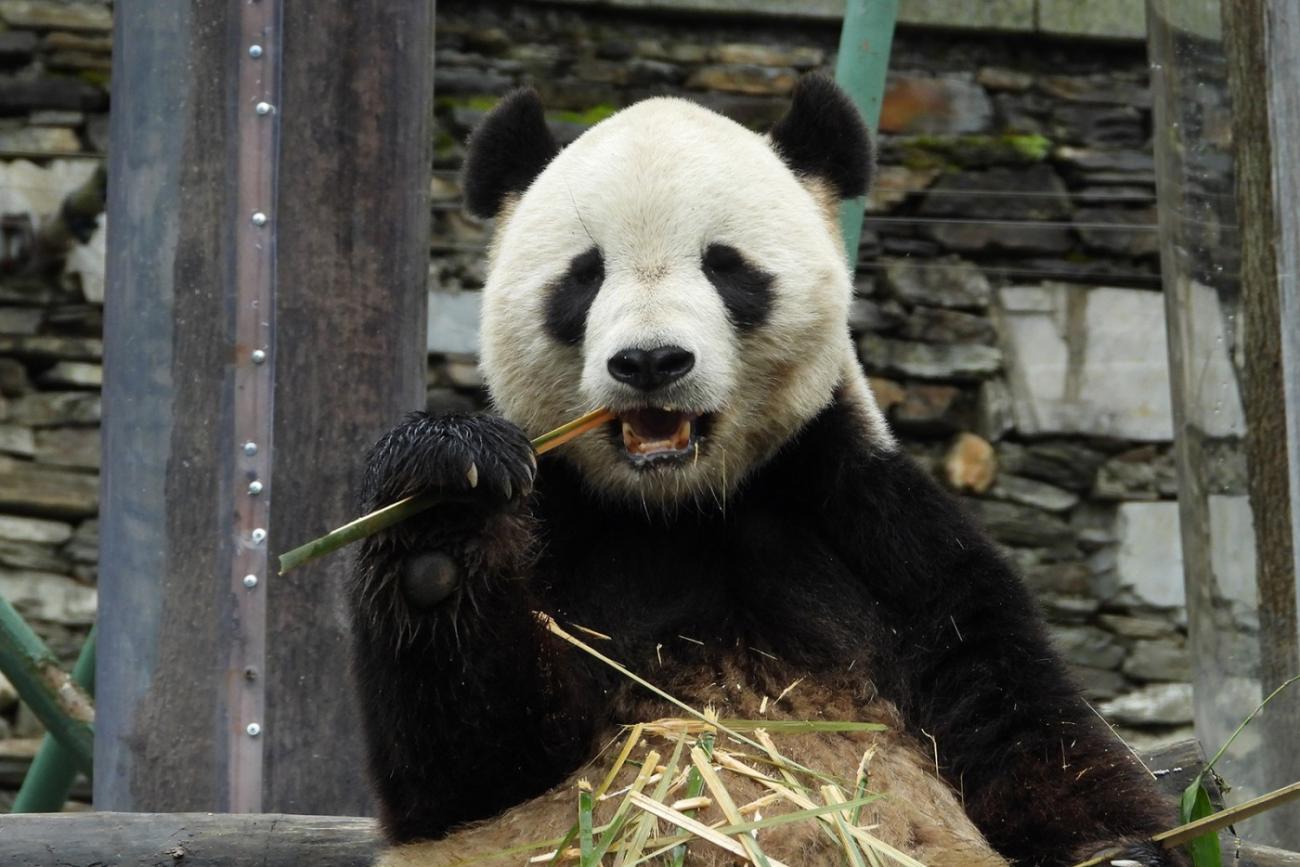
Tai Shan 泰山
Photo courtesy of Li Chuanyou
- Name means “peaceful mountain” in Mandarin Chinese
- Born July 9, 2005 at Smithsonian’s National Zoo in Washington, D.C.
- Departed for China Feb. 4, 2010
- Currently lives at the Shengshuping Campus in Wolong, Sichuan, China
- Has sired one cub, an unnamed male born Aug. 19, 2020

Bao Bao 宝宝
Photo courtesy of Li Chuanyou
- Name means “precious treasure” in Mandarin Chinese
- Born Aug. 23, 2013, at Smithsonian’s National Zoo in Washington, D.C.
- Departed for China Feb. 21, 2017
- Currently lives at the Shengshuping Campus in Wolong, Sichuan, China
- Has given birth to three cubs — a female born Jul. 29, 2020, and twin males born Aug. 4, 2021
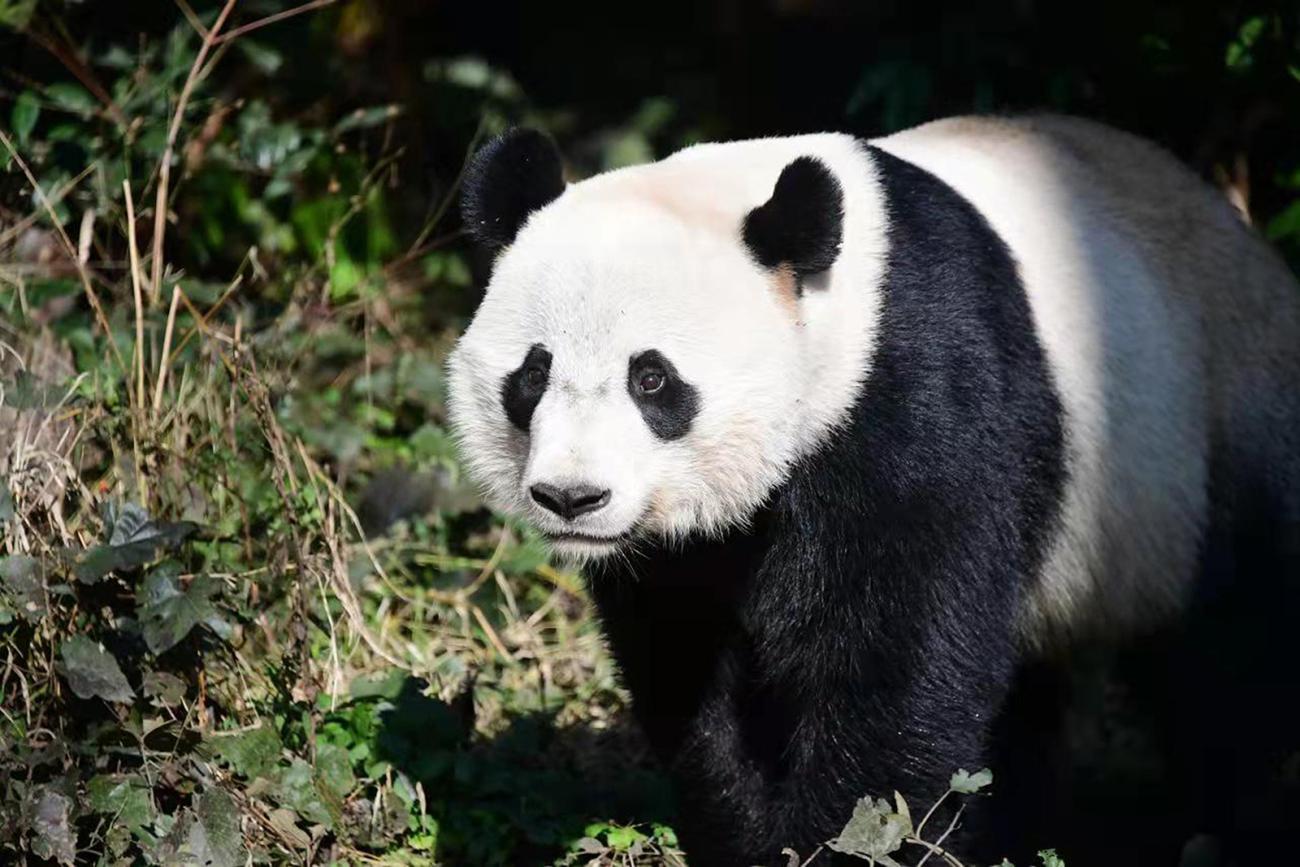
Bei Bei 贝贝
Photo courtesy of Li Chuanyou
- Name means “precious, treasure” in Mandarin Chinese
- Born Aug. 22, 2015, at Smithsonian’s National Zoo in Washington, D.C.
- Departed for China Nov. 19, 2019
- Currently lives at Bifengxia Campus in Ya’an, Sichuan, China
Bao Bao's Cubs
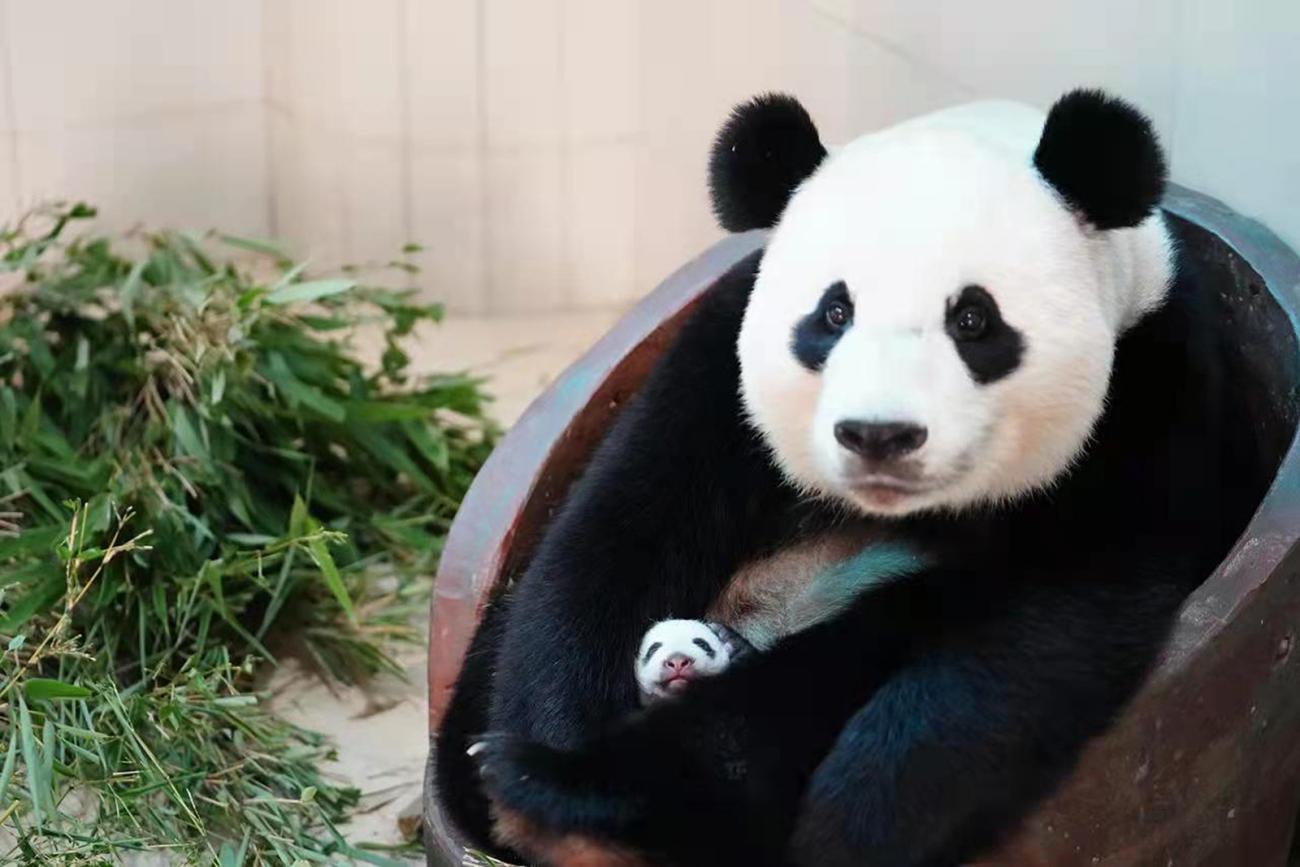
Photo courtesy of Li Chuanyou
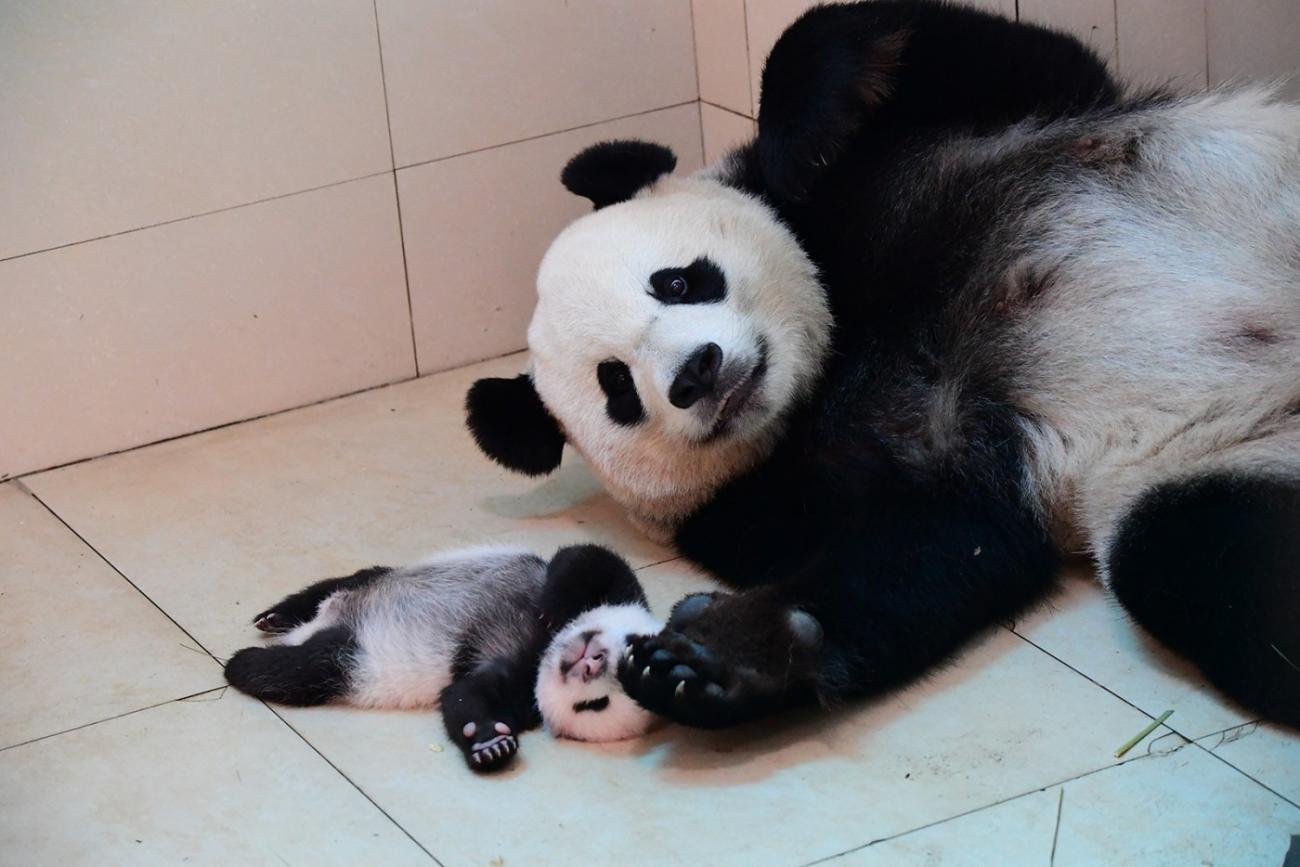
Photo courtesy of Li Chuanyou

Photo courtesy of Li Chuanyou
Show Your Support

Who’s black, white and ready to paw-ty? Join the bearthday fête for our beloved giant panda family! Shop our latest commemorative merch collection now through Aug. 31, 2022.
Become a Member
Members are our strongest champions of animal conservation and wildlife research! Members also receive exclusive benefits, like special opportunities to meet Zoo animals, discounts at our stores, and more.

